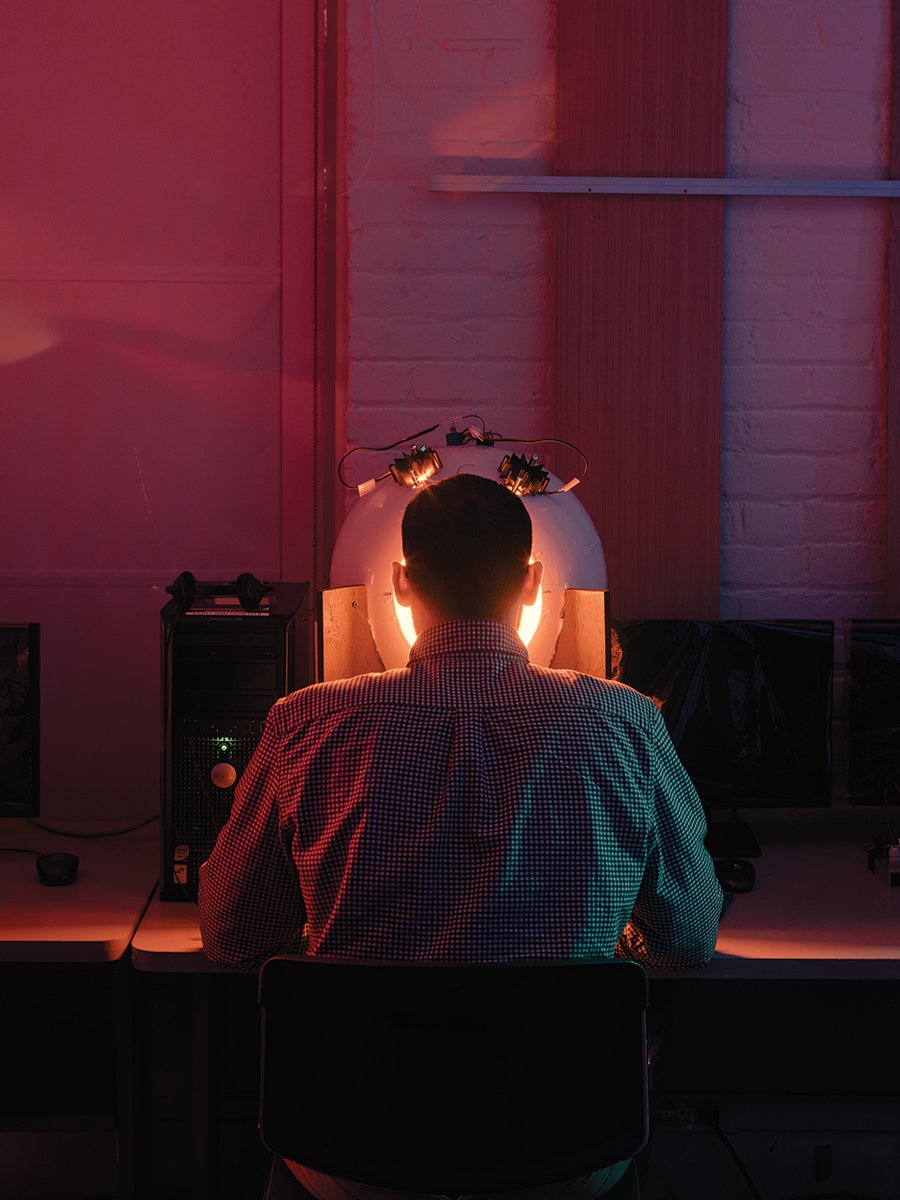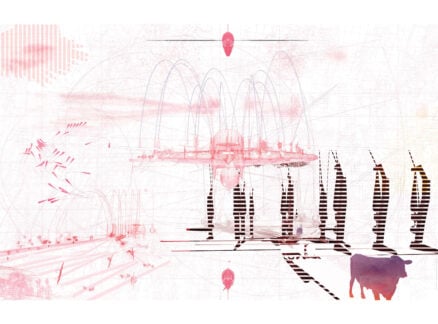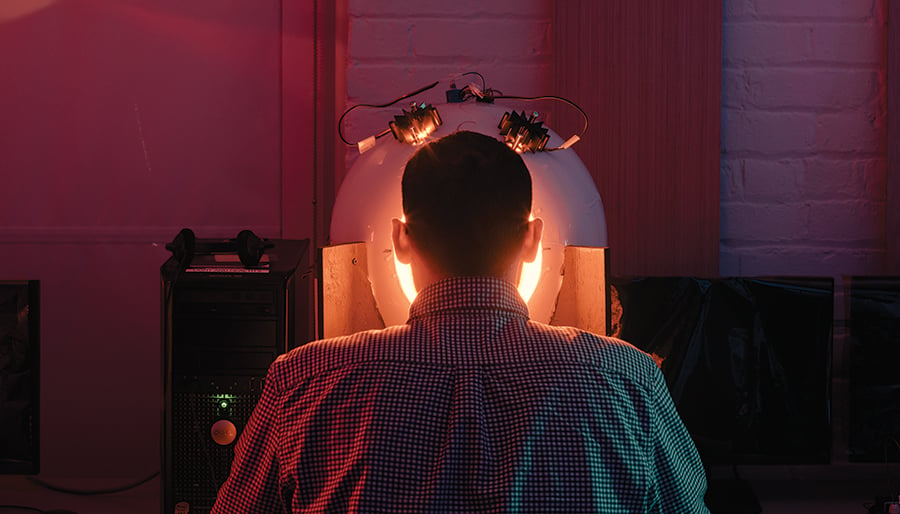
April 9, 2019
The Lighting Research Center Is Making Exciting Connections Between Light, Color, and Well-Being
The Lighting Research Center (LRC) is doubling down on efforts to educate designers and manufacturers about the potential impact light has on human health.
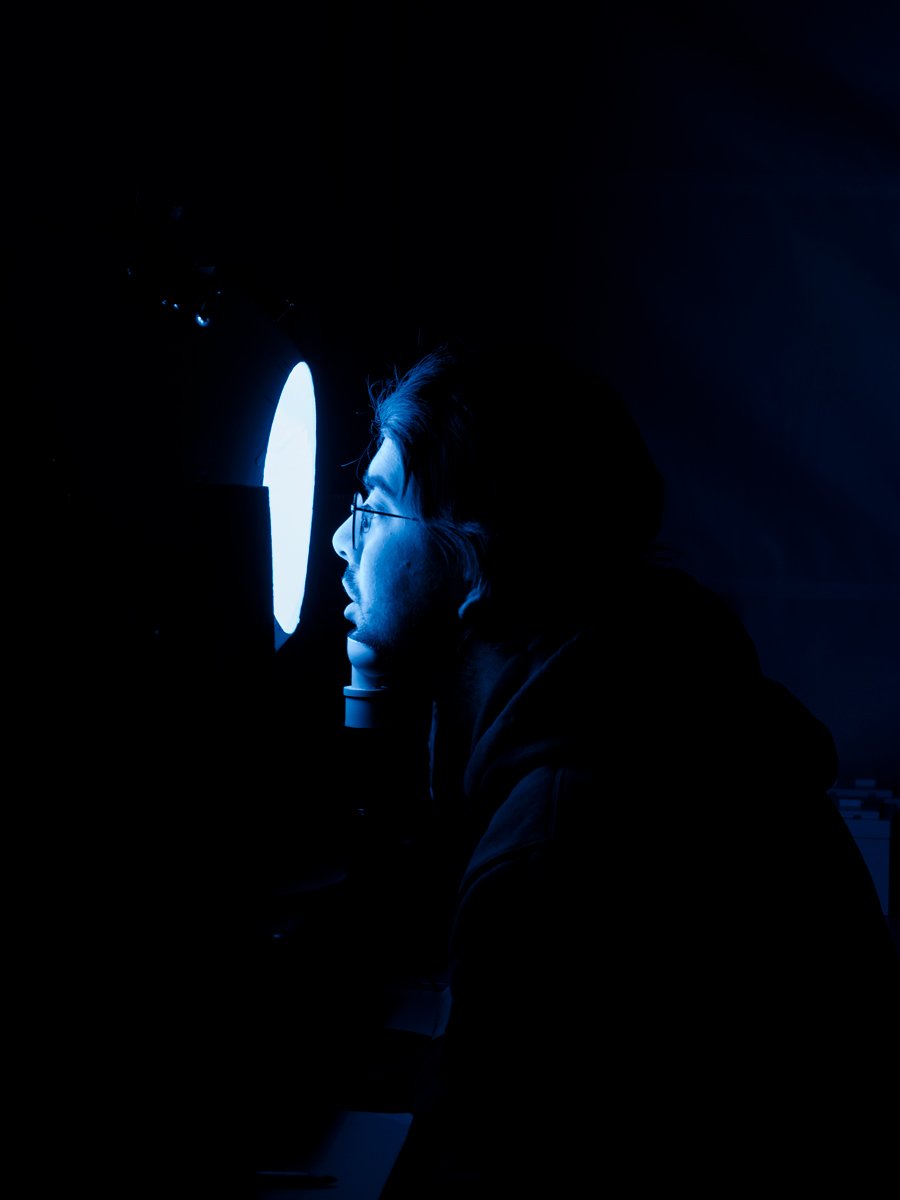
Research scientist Mariana Figueiro prescribes light exposure the way a medical doctor might call for a round of high-powered antibiotics: in precise doses at specific times of day. To achieve optimal sleep and mood patterns, for instance, she advises going out into daylight for at least 30 minutes first thing in the morning. (She also prescribes dimming all light sources in the evening before finally shutting everything down overnight.) That’s the minimum protocol. If she were offered a little more control—and as director of the Rensselaer Polytechnic Institute Lighting Research Center (LRC), she often is—Figueiro would have your retinas exposed to bright white light for a full two hours every morning. She believes that if lighting designers and architects prioritized this critical morning dosage, we’d all begin to feel a lot less off-kilter.
“The light in the built environment during the day is far too low, too dim,” Figueiro said one day this past winter as she walked me around her laboratory in Troy, New York, a few miles northeast of Albany. The LRC operates out of an old machinery facility built in the 1860s, before Edison and his bulb. Its huge windows and courtyard shafts capitalize on daylight, but Figueiro’s lab stays sheathed in blackout shades for accurate experimentation. We passed four refrigerators and a freezer, and when I asked what was inside, Figueiro laughed and opened one door to reveal dozens of chilled test tubes. “It’s a lot of blood and spit!” she said. (Urine too, I heard later.)

The specimens were collected from numerous LRC studies—many conducted at night—that measured subjects’ melatonin level after they’d been exposed to nine different wavelengths (colors) of light. Melatonin—Figueiro calls it the “darkness hormone”—is the slow-down-and-rest chemical our bodies generate after our eyes register that it’s now past sunset. It’s a regulating hormone, keeping our circadian rhythm “entrained” (in sync) with our time zone and, as a bonus, protecting us from DNA damage. If for any reason our dark environment is interrupted overnight—by, say, a five-minute Twitter scroll at 2 a.m.—the body shuts down its melatonin production for the night, even if we go back to sleep. A few nights of this and we can start to feel out of whack. We’re simple creatures, really, chemically at our best when our retinas are saturated with bright light right after sunrise and shielded from it after the sun goes down. This timed exposure, Figueiro says, is every bit as important to our health as diet and exercise.
One of her current lab studies has subjects sit in the LRC lab from 11 p.m. to 2 a.m. with their faces stationed on a chin rest much like the ones eye doctors use. They stare into a hollow white globe that’s flooded with wavelengths of red or blue light. Figueiro and her staff track brain activity during the session and collect saliva samples after. They’ve found that a saturated red light is highly alerting—“like a cup of coffee,” Figueiro says. So is the blue light. But what’s fascinating to Figueiro, who also teaches in Rensselaer’s architecture school, is that red light does not suppress melatonin levels, while blue light does. That’s important to know, she says, when you’re toying with aesthetic lighting options for a space used in the evenings. “Some people are a little bit skeptical when I suggest they think about light as a drug, but I say, ‘You’re already doing it! Don’t pretend it’s not part of your obligation as a designer,’” she says.
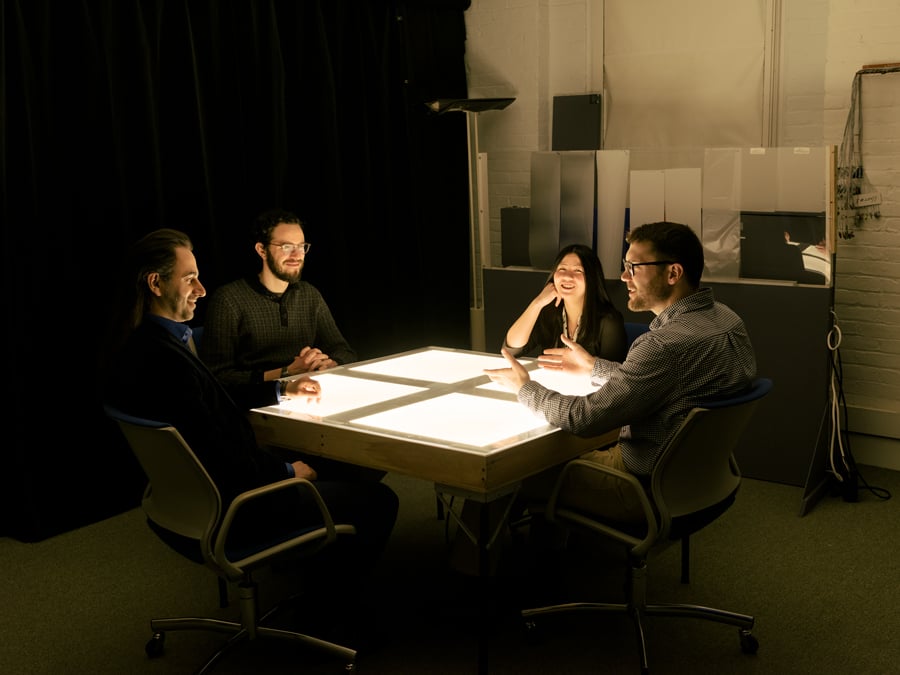
The LRC has partnered with lighting manufacturers to test its findings in real-world environments where people are confined to dim-light situations, as in submarines, nursing homes, hospital wards, and the U.S. embassy in Riga, Latvia. Over the past three years, Figueiro has conducted a lighting study with multiple-myeloma cancer patients at Mount Sinai Hospital that has already generated clinically significant results. Figueiro worked with Atlanta-based lighting management company Acuity Brands to develop a prototype for a portable illuminator that can flood a patient’s hospital room with a 3,000-kelvin (color temperature), 800-lux (a level two to three times brighter than a typical hospital room) warm white light. Patients were exposed to the light consistently each day from 7 to 10 a.m. Though all of the subjects at Mount Sinai were enduring exhausting, painful stem cell transplant treatments, the patients exposed to the freestanding Acuity light fixture reported significantly less depression than patients without the light dosages: 42.1 percent (with light) to 68.4 percent.
These kinds of results have motivated Figueiro to double down on efforts to educate designers and manufacturers about the potential impact they could have on human health. The LRC scientists speak at conferences like AIA and also host workshops at the lab. Ann Schiffers, a longtime New York–based lighting designer who is now senior vice president at USAI Lighting, a custom downlighting manufacturer, attended one of the LRC workshops and immediately began incorporating the research into projects. USAI custom-designed “tunable light fixtures” (changing color temperatures as the day progresses) for a social space at a mental health facility in Seattle and an assisted living facility for seniors in Florida. “Providing the right kind of light at the right time of day can really benefit people struggling with dementia,” Schiffers says. “It’s a direct link to sleep and wellness.”
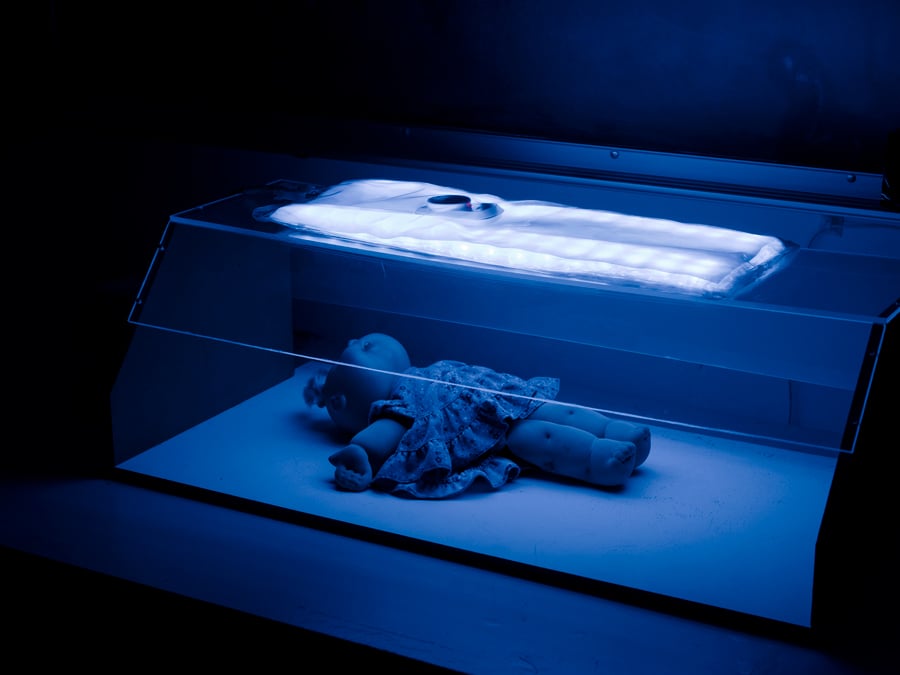
Figueiro wants the message to go even further, affecting building codes and certifications like LEED. While most certifications address the energy efficiency of lighting fixtures, requiring dimmers or motion sensors, the WELL Building Standard has been developing a measurement of “melanopic lighting intensity” to encourage healthy circadian responses in work areas, educational environments, and homes. The LRC will release a list of recommendations for certification specs later this year. Meanwhile, Figueiro wants lighting designers to experiment with illumination in walls and furniture, all to replicate that gold standard of light sources, the sun. “There’s at least ten times less light inside than outside, even on a cloudy day,” Figueiro says. “We’ve got to change that.”
An earlier version of this article stated incorrectly that 800 lux is three times brighter than outside daylight. This article has been updated to provide accurate context to 800 lux, which is two to three times brighter than a typical hospital room.
You may also enjoy “9 Exciting (Non-Salone!) Things to See and Do While in Milan.”
Would you like to comment on this article? Send your thoughts to: [email protected]






